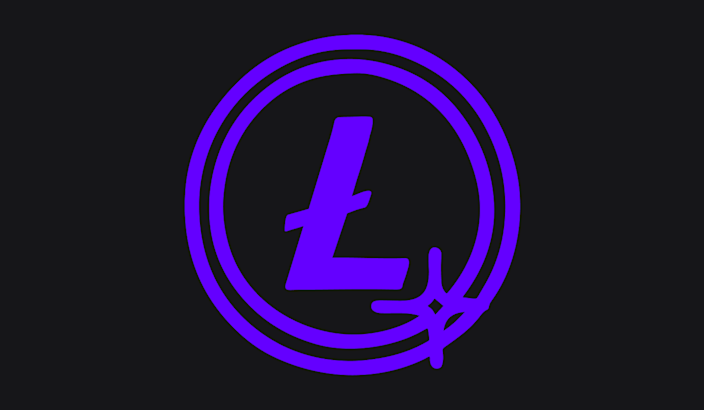What is Litecoin?

Litecoin is the second oldest cryptocurrency next to Bitcoin, it was created in 2011 by former Google engineer Charlie Lee with the purpose of tackling the proposed issues with Bitcoin, namely transaction speed and transaction fees. Litecoin is a fork of Bitcoin, which means that it is a copy of the open source code, but with some inserted differences to make it unique.
In this text, we will do a lot of comparisons between Bitcoin and Litecoin, we therefore highly recommend you to read the What is Bitcoin? before, if you feel like you need a refresher on how Bitcoin works.
So what is the difference between Bitcoin and Litecoin? The most significant difference between Litecoin and Bitcoin is the transaction throughput, Litecoin is designed to process blocks in a much more frequent way than Bitcoin, this enables Litecoin to process more transactions per second than Bitcoin. Bitcoin processes around 5-10 transactions per second, while Litecoin can process up to 50-60 transactions per second. This makes Litecoin a more transactional cryptocurrency than Bitcoin, suitable for frequent use in everyday purchases, such as coffee, food or other necessities.
Litecoin uses the same consensus algorithm as Bitcoin: Proof of work. The security of the chain is directly correlated with the hash rate within the network (amount of data power). To obtain consensus within the network and put transactions into blocks, the miners need to solve complex cryptographic puzzles that demand very high energy usage. The more miners that are competing to solve the cryptographic puzzle, the higher the hash rate is. Litecoin has a capped supply like Bitcoin does, however, the capped supply of Litecoin is 84 million instead of the 21 million that Bitcoin has. Litecoin has “halving” as Bitcoin does, so in general the infrastructure is very similar to Bitcoin. However, with fewer transaction validations comes faster processing time, so you could argue that the security compared to Bitcoin, is lower. There are always trade-offs when it comes to decentralization per design and it is up to the market to decide what is more important, security, decentralization, or scalability.
Mimblewimble
Litecoin implemented a new feature called Mimblewimble on May 19:th 2022. The Mimblewimble upgrade enables an extension on the Litecoin network, making the transactions that are conducted with this extension totally private. A standard Litecoin transaction shows the sender's address, the recipient's address, and the amount that is being transacted. This could exploit the privacy for people that are concerned with financial privacy. Mimblewimble acts as an extension to the Litecoin network; you could theoretically describe it as a parallel chain or a second layer on top of the Litecoin network. So, each Mimblewimble transaction exists on the Litecoin blockchain, but the transactions are hidden except for the addresses that are in the transaction. Litecoin users have the option to use the feature or not, so it does not alter the functionality of the Litecoin chain itself. Important to note here, is that the exchange or wallet operator that you are using, needs to support Mimblewimble in order for you to be able to use this feature. Quickbit does NOT provide this feature, since it does not comply with AML legislation.